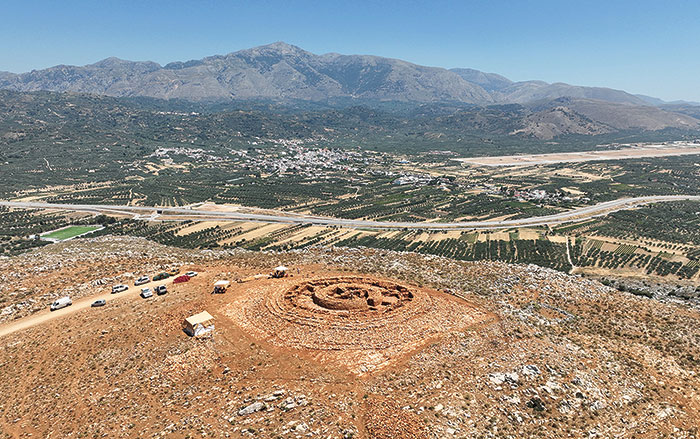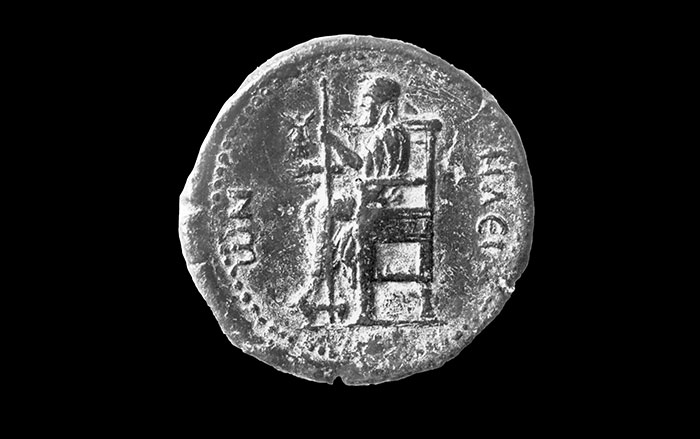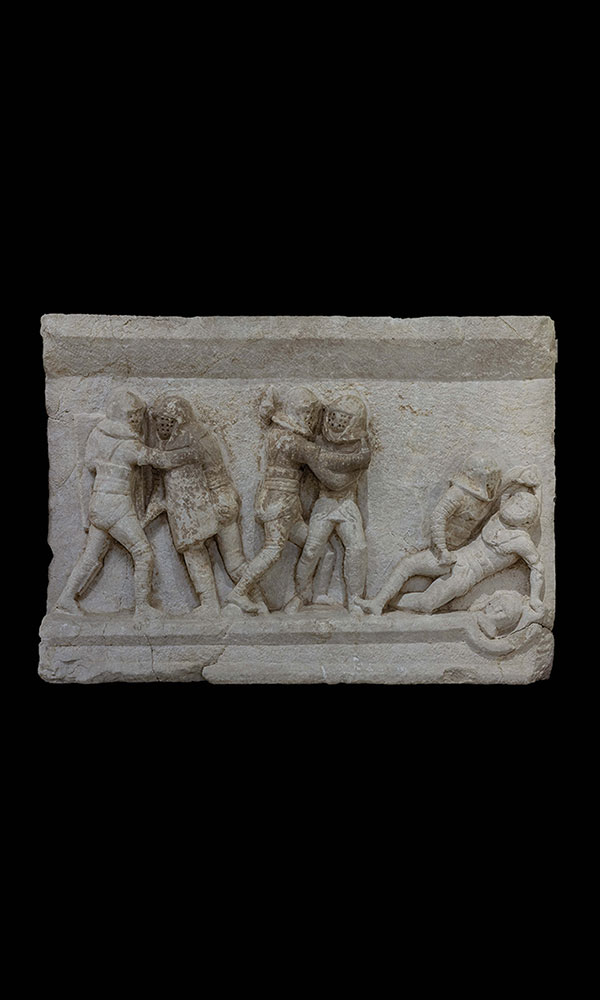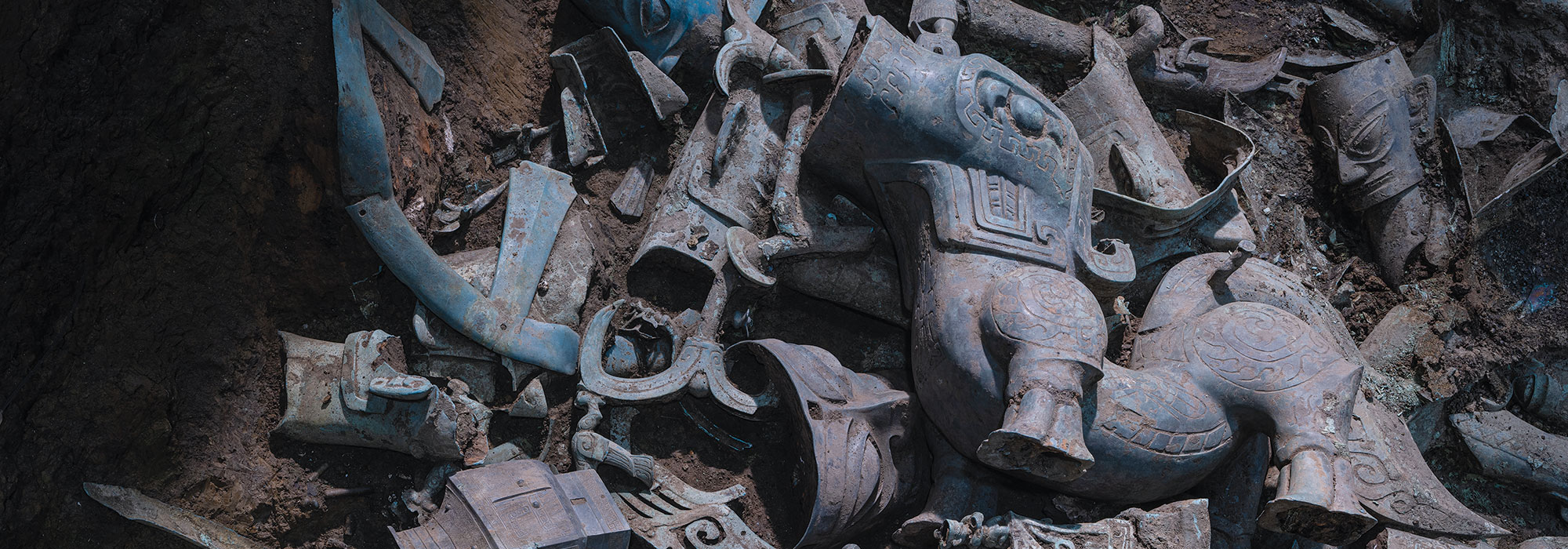
AIGIALEIA, GREECE—ArtNet News reports that a portrait of the Byzantine emperor Constantine XI Palaiologos was discovered during restoration work at the Holy Monastery of Pammegiston Taxiarchon in western Greece. Constantine XI Palaiologos ruled from January 6, 1449 to May 29, 1453, when he died in battle with the Ottomans during the fall of Constantinople. He is shown holding a cruciform scepter and wearing a crown and a cloak of royal purple adorned with images of crowned double-headed eagles, the symbol of the Palaiologos dynasty. The portrait is thought to have been painted from life by an artist from the town of Mystras, where Constantine lived before he became emperor. To read about the world's oldest monastery, which was established by the Byzantine emperor Justinian in the Sinai Peninsula, go to "Recovering Hidden Texts."












